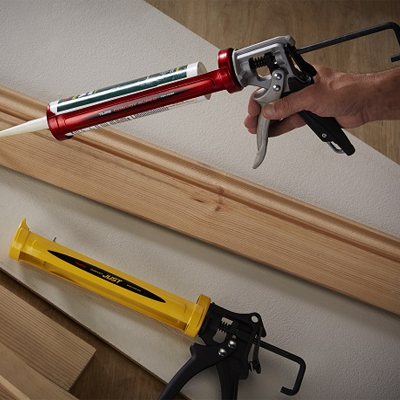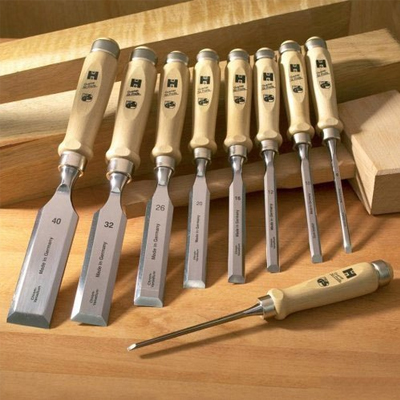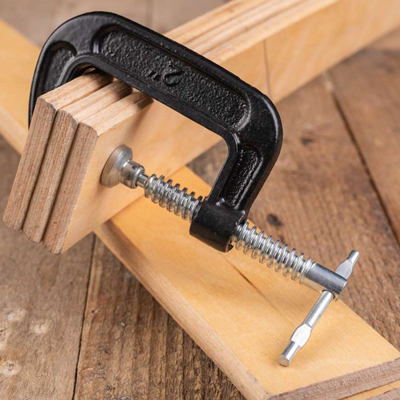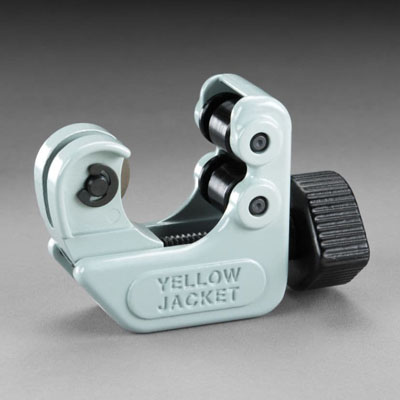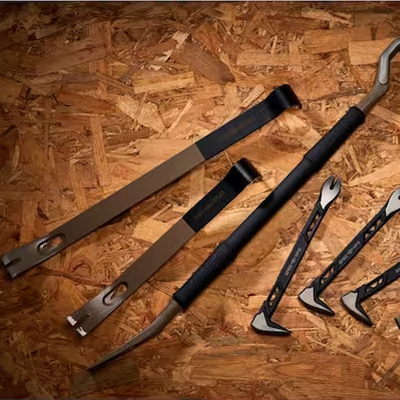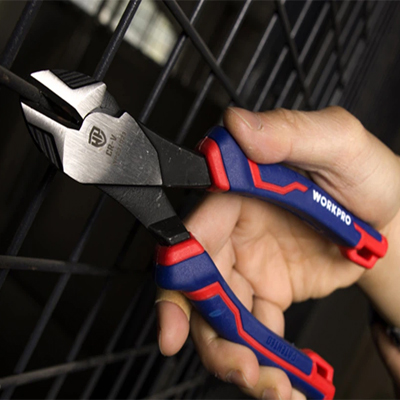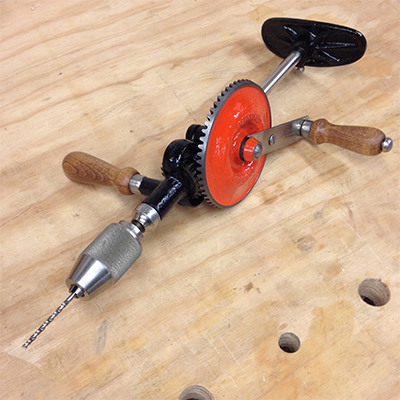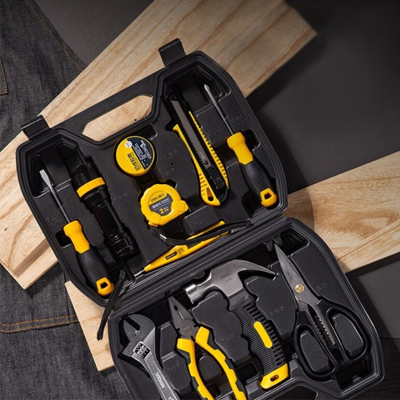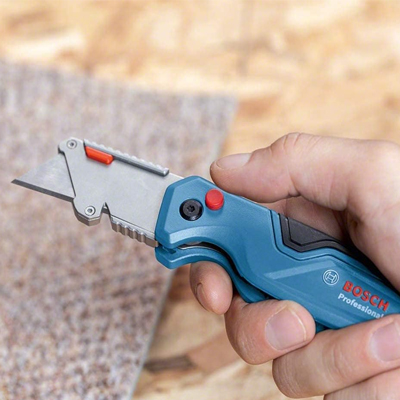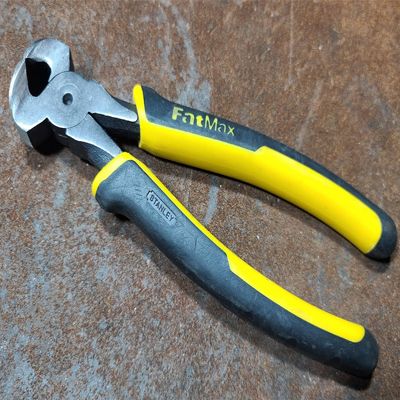Get Your Hands on Quality Hand Tools
When it comes to daily gardening, farming, or any framing work, you need to have the right hand tools in your arsenal. Hand tools, the trusty companions that don't rely on electricity, are crucial for various tasks. Whether you're a seasoned pro or a budding DIY enthusiast, these manual workhorses are what you need. The hand tool market is booming thanks to advancements in manufacturing and a surge in demand from the automotive maintenance and repair sector. Their role in industrial applications is also on the rise. But fierce competition is causing some tight profit margins, and a shortage of skilled workers is a challenge for the global hand tool market. Choosing the right hand tools is essential for getting your tasks done with precision and efficiency. These tools are the backbone of any toolkit, offering versatility and reliability for both professionals and weekend warriors.Types of Hand Tools
Screwdriver:
A trusty screwdriver is your go-to for tightening or loosening screws. It's got a handle and a shaft with a flat, cross, or star-shaped tip known as a "bit." The handle ensures a comfy grip, while the bit does the work with the screw's head. Screwdrivers are essential for assembling and disassembling objects with threaded fasteners.Hammer:
The hammer, a versatile tool, is your buddy for driving nails, removing them, and shaping all sorts of materials through some good old-fashioned pounding. It rocks a weighted head, usually made of metal, connected to a handle. The head's weight packs the punch needed to drive nails or other fasteners into surfaces like wood or metal.Pliers:
Pliers, the multitaskers of the hand tool world, consist of two hinged metal jaws. These jaws can grab, twist, bend, or cut various materials, including wires, cables, and small objects. There are different types of pliers like needle-nose, lineman's, and slip-joint pliers, each serving specific purposes and offering different levels of precision.Wrench:
Wrenches are the go-to tools for tightening or loosening nuts, bolts, and other threaded fasteners. They sport a handle and a jaw or opening that fits over the fastener. The handle provides the leverage, letting you apply the torque needed to secure or release the fastener. Common wrench types include adjustable wrenches, combination wrenches, and socket wrenches.Saw:
The saw is the cutting champ with a sharp blade or toothed edge, perfect for cutting through materials like wood, metal, plastic, or bone. You've got different saw types, including hand saws, hacksaws, coping saws, and keyhole saws, each honed for specific cutting tasks.Chisel:
Chisels, the sculptors of the hand tool world, come with a sharp metal blade that gets struck with a mallet or hammer. They're used for carving, shaping, or cutting materials like wood, stone, or metal. You'll find different shapes and sizes, including beveled-edge chisels, carving chisels, and cold chisels, each fit for various applications.Tape Measure:
A tape measure, your handy measuring buddy, helps you get accurate dimensions and distances. It's a coiled strip of metal or fabric tape with measurement markings. You extend the tape and lock it in place to measure length, width, or height.Level:
The level, your alignment guide, helps you figure out if a surface is horizontal or vertical. It's got a straight edge with a bubble vial filled with liquid. When the bubble rests in the center of the vial, you've got a level surface. It's a crucial tool for construction and DIY projects.C-clamp:
The C-clamp, also known as a G-clamp, is your go-to for holding two pieces of material together or securing an object to a fixed surface. It's got a C-shaped frame with a threaded screw for applying pressure. Woodworking, metalworking, and welding are its stomping grounds.Screwdriver Set:
Screwdriver sets are the dream come true for those who love options. They come with a variety of screwdrivers with different tip types and sizes. These sets offer versatility for a wide range of screw-related tasks, from small electronic fixes to major construction projects.Hand Tool Features:
- Ergonomic Handles: Many hand tools feature ergonomically designed handles for a comfy grip, reduced hand fatigue, and improved control during use.
- Material Durability: Hand tools are typically made from robust materials like steel, aluminum, or high-quality plastics to withstand the rigors of everyday use.
- Precision Matters: Precision is the name of the game when it comes to hand tools, especially for woodworking and metalworking. Their design and construction allow for accurate measurements and cuts.
- Adjustability Counts: Some hand tools, such as wrenches, pliers, and screwdrivers, may have adjustable features to handle various sizes and types of fasteners or materials.
- Measurement Assistance: Many hand tools, including rulers, tape measures, and squares, come with measurement markings or scales to aid in precise sizing and cutting.
- Built to Last: Hand tools are built to last, serving users for many years when properly maintained. Durability is their middle name.
Advantages of Hand Tools:
- Portable Power: Hand tools are compact and portable, making them easy to take to job sites or use in tight spaces where power tools might not cut it.
- Low Maintenance: Hand tools are generally low maintenance. Occasional cleaning and sharpening are all they need, saving you the hassle and expense of extensive upkeep.
- Safety First: Hand tools offer better control and precision, reducing the risk of accidents compared to power tools. They're less likely to cause sparks or emit harmful fumes, keeping you safe.
- Budget-Friendly: Hand tools are usually more budget-friendly than their power tool counterparts, making them accessible to a wider range of users.
- Do-It-All Tools: Many hand tools are versatile and can tackle various tasks, making them valuable additions to any toolbox.
- Skill Development: Working with hand tools lets you develop essential skills and craftsmanship, leading to a sense of accomplishment and self-sufficiency.
Hand Tool Safety Tips:
- Personal Protective Gear (PPE): Always don the appropriate PPE, including safety glasses, gloves, and hearing protection when needed, to shield yourself from potential hazards.
- Tool Checkup: Regularly inspect your hand tools for signs of wear, damage, or defects. Damaged tools should be repaired or replaced without delay.
- Tool Selection Savvy: Choose the right tool for the job to ensure efficient and safe work. Using the wrong tool can lead to accidents and damage.
- Secure Your Work: Make sure your workpiece is securely held in place, clamped, or stabilized before using hand tools. Prevent slipping or unexpected movement that can lead to accidents.
- Technique Matters: Follow recommended techniques and guidelines for using each tool. Incorrect usage can result in injuries or damage to your workpieces.
- Tidy Up Your Workspace: A cluttered workspace is an accident waiting to happen. Keep your work area organized and free of debris and tripping hazards.
- Proper Tool Storage: Store your hand tools properly when not in use. Whether it's in a toolbox, on a pegboard, or in a designated storage area, this prevents accidents and tool damage.
- Keep It Sharp: Maintain the sharpness of cutting tools like saws and chisels to prevent binding, excessive force, and accidents.
- Respect Sharp Edges: Handle tools with sharp edges or blades with caution. Always cut away from your body and extremities to avoid accidents.


